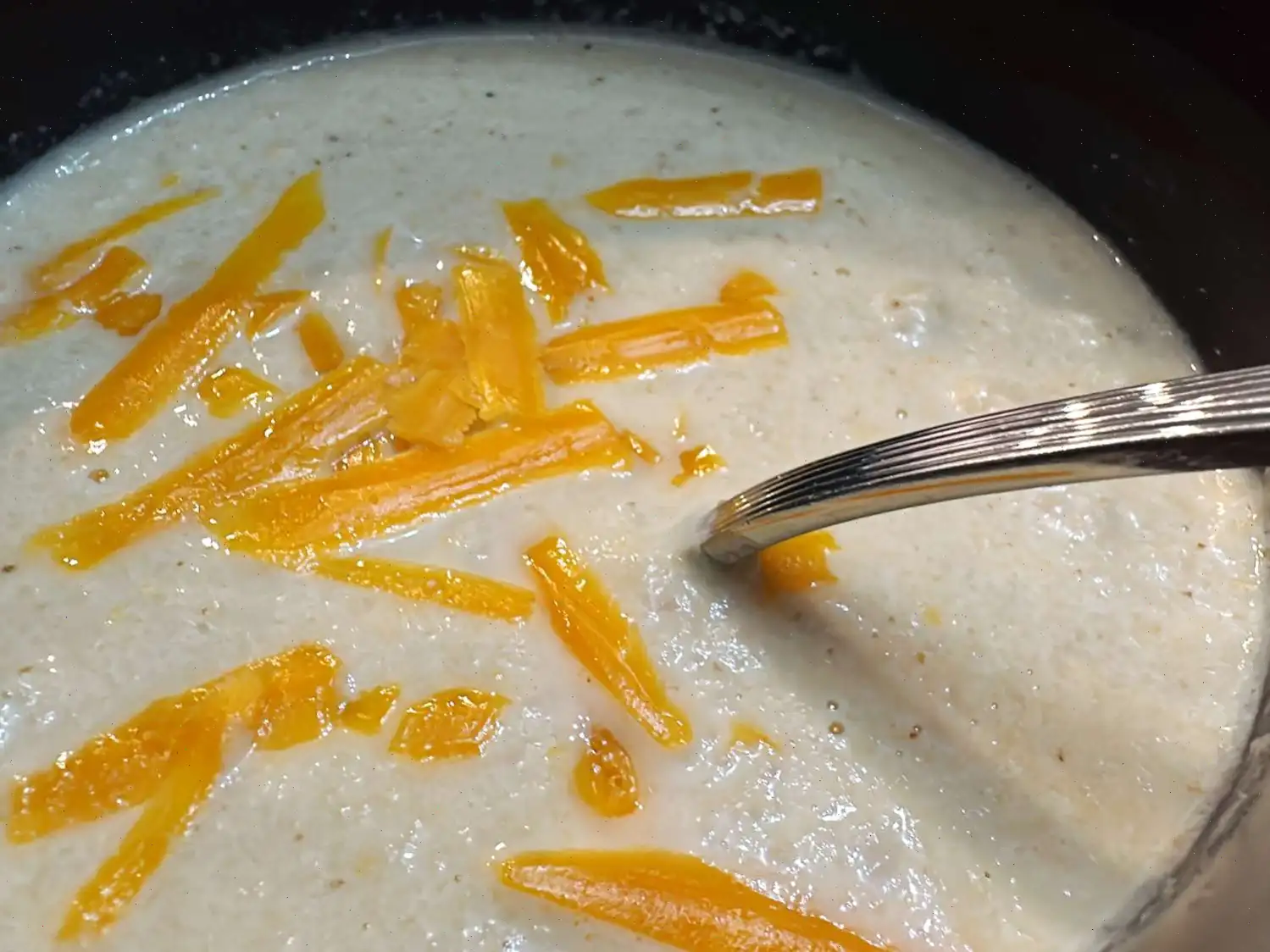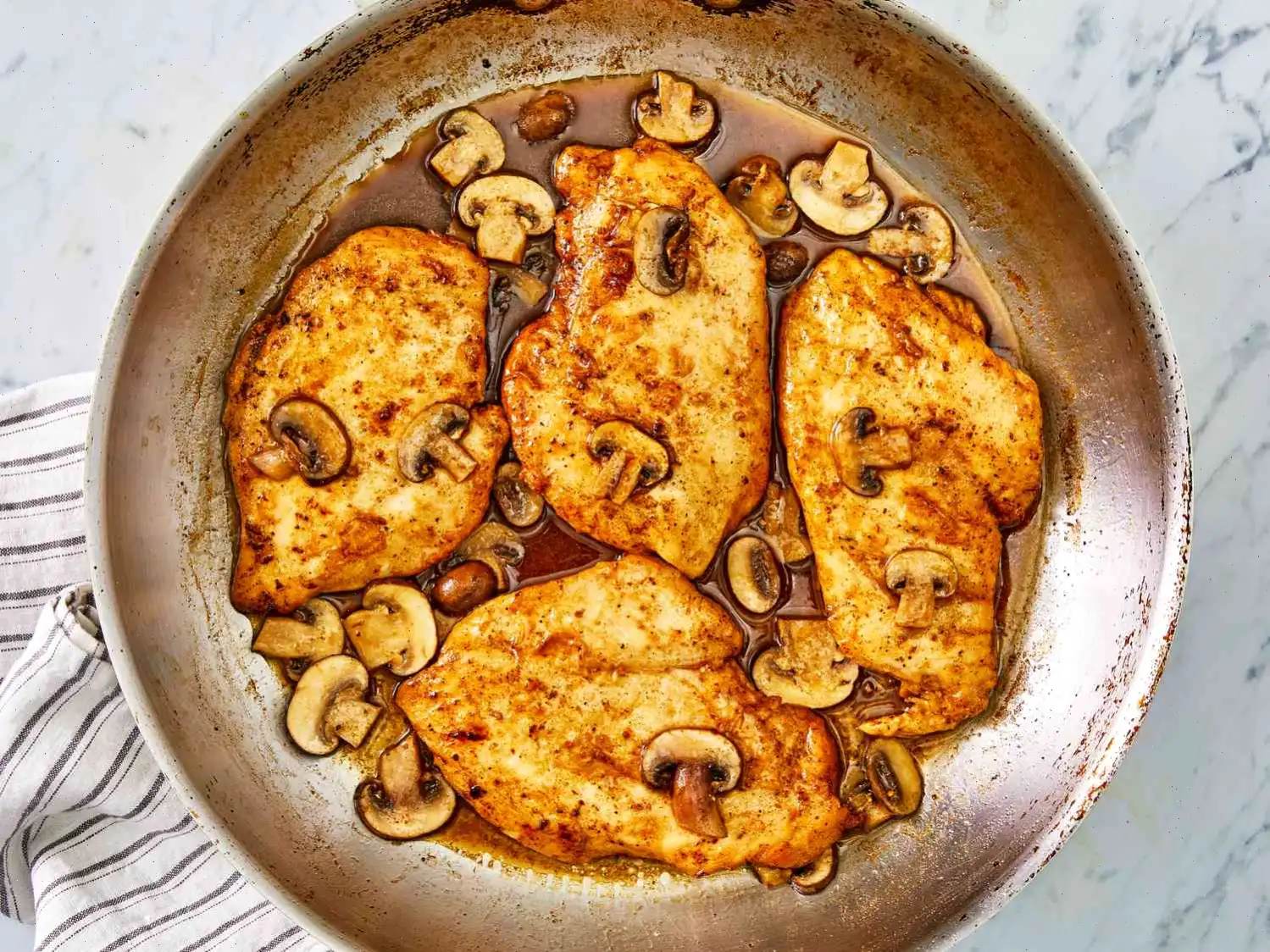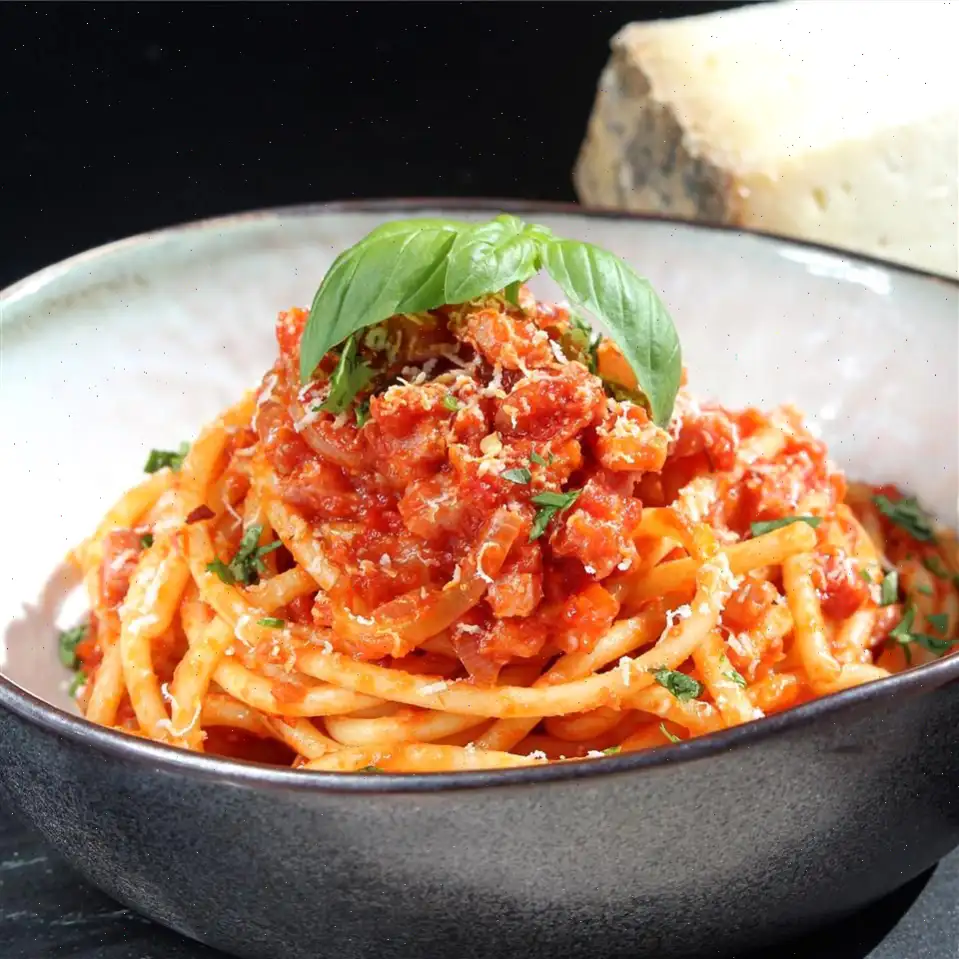
Steak and Potato Foil Packets Recipe
Ingredients
- 1 pound small Yukon Gold potatoes, halved
- 1 1/2 pounds sirloin steak, cut into bite-sized strips
- 1 yellow onion, sliced
- 1 red bell pepper, sliced
- 1 green bell pepper, sliced
- 1 carrot, thinly sliced
- 4 tablespoons butter, or as needed
- 1 teaspoon steak seasoning, or as needed
- 5 cloves garlic, chopped, or more to taste
Directions
- Prepare an outdoor grill, preferably a charcoal grill, for medium-high heat.
- Place potatoes in a microwave-safe dish and cook on high until they are tender with a bite, about 3 minutes.
- Divide steak, potatoes, onions, red and green bell pepper, and carrots evenly onto 4 to 6 squares of aluminum foil.
- Add 1 tablespoon butter and a little fresh garlic to each pack; fold foil over the top to close each packet tightly.
- Place foil packs on the hot side of the grill. Cook for 5 minutes.
- Carefully open one foil pack to check for steak doneness. If steak is not cooked to your taste after 5 minutes, continue to cook, checking for doneness every few minutes.
- An instant-read thermometer inserted into the center will read 130F (54C) for medium rare.
Nutrition Facts (per serving)
| Calories | Fat | Carbs | Protein |
|---|---|---|---|
| 665 | 36g | 34g | 50g |
Nutrition Breakdown
- Servings per Recipe: 4
- Total Fat: 36g (46% DV)
- Saturated Fat: 17g (85% DV)
- Cholesterol: 187mg (62% DV)
- Sodium: 335mg (15% DV)
- Total Carbohydrate: 34g (12% DV)
- Dietary Fiber: 5g (17% DV)
- Protein: 50g (101% DV)
- Vitamin C: 84mg (93% DV)
- Calcium: 85mg (7% DV)
- Iron: 5mg (27% DV)
- Potassium: 1406mg (30% DV)
* Percent Daily Values are based on a 2,000 calorie diet. Your daily values may be higher or lower depending on your calorie needs.
The Story Behind Steak and Potato Foil Packets
Steak and potato foil packets have their roots in the practical cooking traditions of outdoor grilling and camping in the United States. The method of cooking food wrapped in aluminum foil can be traced back to early 20th-century campers and pioneers who sought simple ways to cook complete meals over an open fire. Wrapping steak, vegetables, and potatoes together allowed flavors to meld while retaining moisture, resulting in a hearty, convenient dish that could feed a family with minimal cleanup.
Regional Variations
While the concept is widespread across the U.S., regional differences influence ingredient choices and seasonings. In the Midwest, foil packets often include root vegetables like carrots and parsnips along with hearty cuts of beef, reflecting the agricultural abundance of the region. In the Southwest, you might find the addition of peppers, onions, and spices like cumin or chili powder to create bolder flavors. Coastal regions sometimes include seafood or fresh herbs like dill and parsley for a lighter take. Each variation reflects the local produce, culinary preferences, and grilling traditions of the area.
How It Differs from Similar Dishes
Foil packet meals are often confused with stir-fries or sheet pan dinners, but the cooking technique sets them apart. Unlike stir-fries, which are cooked quickly over high heat, foil packets allow food to steam and roast simultaneously, locking in juices and flavors. Compared to sheet pan meals, foil packets are individually portioned, ensuring even cooking and a personalized flavor experience. This method also distinguishes itself from traditional grilling, as the foil creates a mini-oven effect, preventing flare-ups while intensifying the aroma and tenderness of the steak.
Typical Serving Occasions
Steak and potato foil packets are commonly enjoyed in casual outdoor settings. They are a favorite at backyard barbecues, summer camping trips, and family picnics. Their individual portions make them convenient for serving multiple people with varying tastes, as each packet can be customized with different vegetables, spices, or levels of doneness. They are also popular at tailgate parties and cookouts where minimal cleanup and portable presentation are key.
Interesting Facts
One surprising fact about foil packet cooking is that it can significantly reduce the need for oils and fats, making meals healthier while maintaining flavor. Another interesting point is that the method was popularized in the 1950s alongside the rise of aluminum foil as a household staple, making outdoor and indoor cooking simpler. Additionally, the technique is highly adaptable: nearly any combination of protein, starch, and vegetables can be cooked this way, allowing for global flavor variationsfrom garlic butter steak with Yukon potatoes to Mediterranean-inspired versions with feta and olives.








